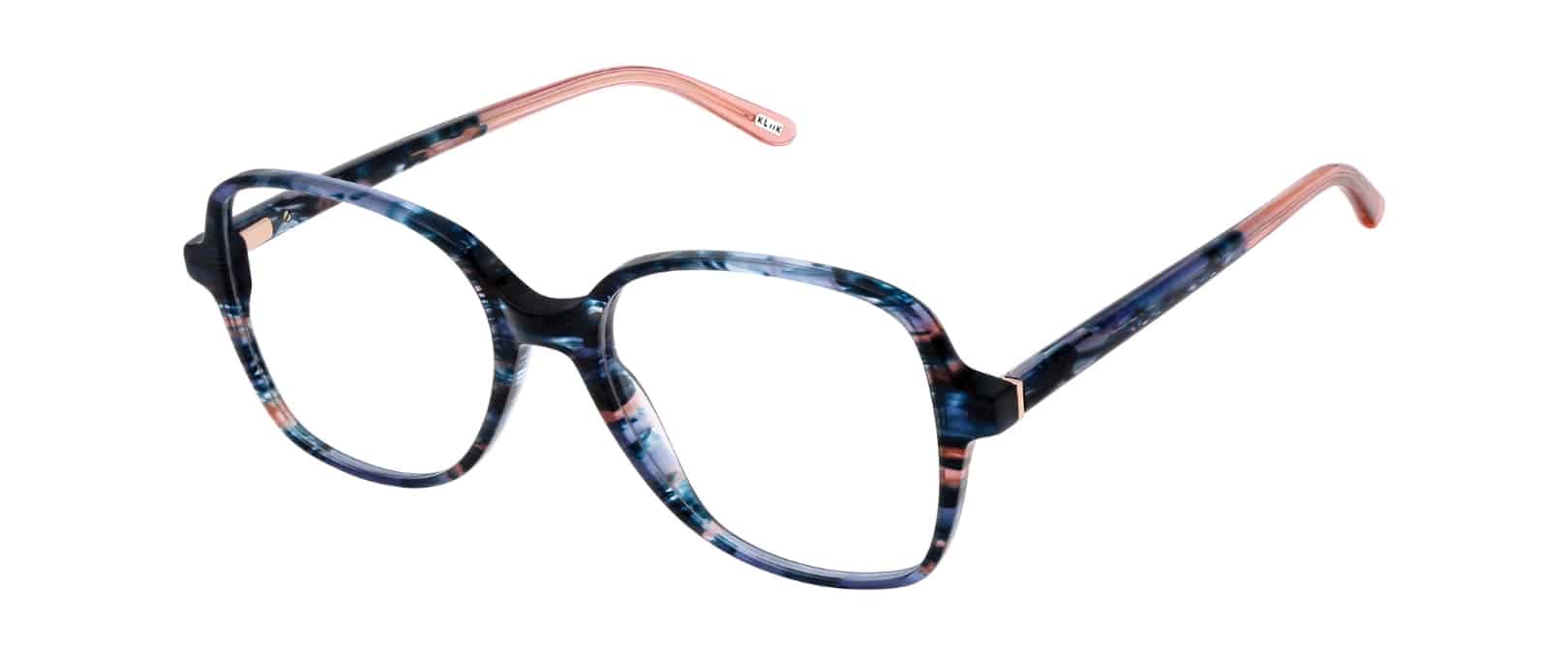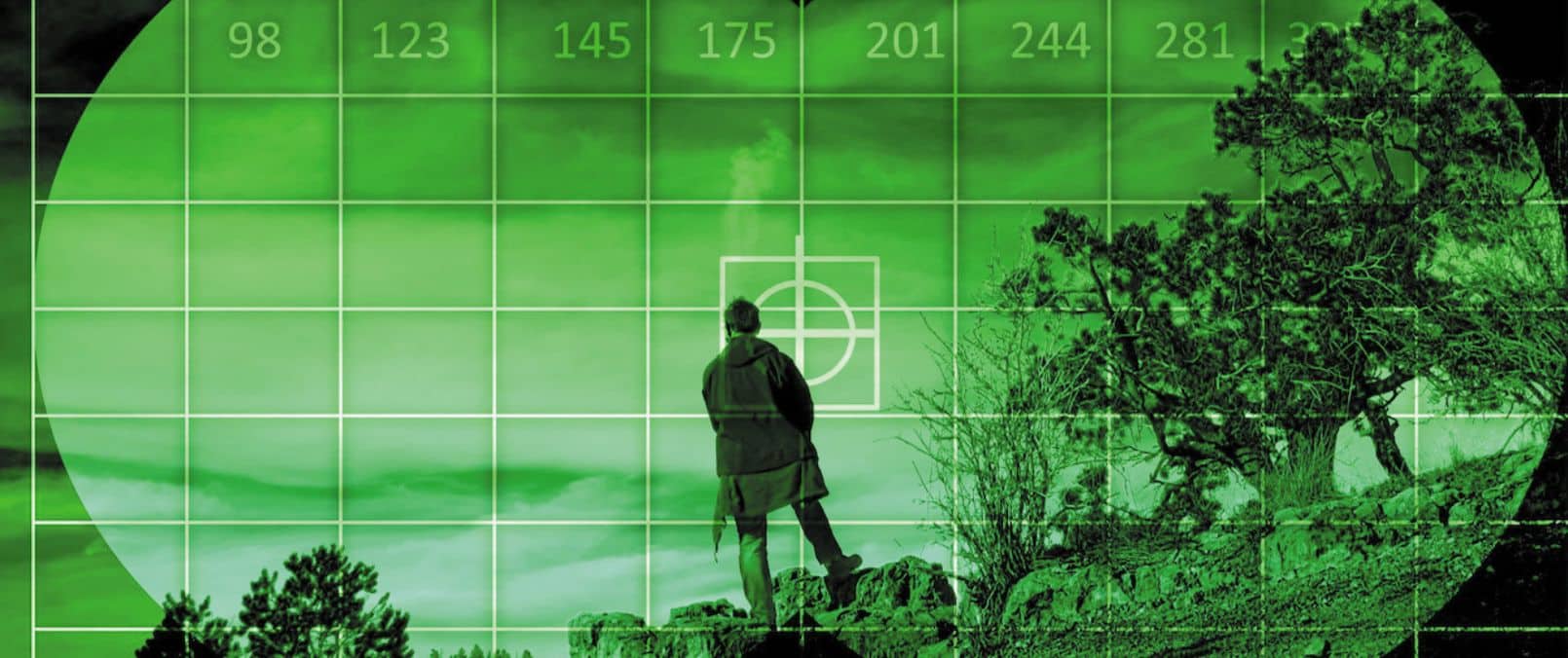Anisometropia is frequent in older adults
Monday, December 9 2013 | 00 h 00 min | News
A study, the results of which were published in Optometry and Vision Science, shows that anisometropia is more prevalent in older adults.
The researchers followed 118 patients over 12 years. Their average age was 67 at the start of the study and 79 at the end. During this period, the prevalence of anisometropia, which is a significant difference in vision between the eyes, almost doubled. When the patients approached 80 years of age, 32% had the condition.
Most cases were related to differing degrees of farsightedness between the eyes. Others were caused by unequal blurring of the lens of the eye, even though none of the subjects had cataracts as such.
Differences could begin to occur at any age, and a few patients actually saw their anisometropia decrease over the course of the study.
“Whatever the cause of the increase in anisometropia with aging, the fact that significant anisometropia is at least ten times more common in those over 75 years of age than in children needs to be clearly emphasized to clinicians,” says the study’s authors.
“Uncorrected anisometropia is likely to lead to disturbances in binocular vision and stereopsis, which in turn may contribute to falls in the elderly,” says Gunilla Haegerstrom-Portnoy, lead author and professor at the University of California, Berkeley.
Source:
http://www.sciencedaily.com/releases/2013/11/131126155834.htm







